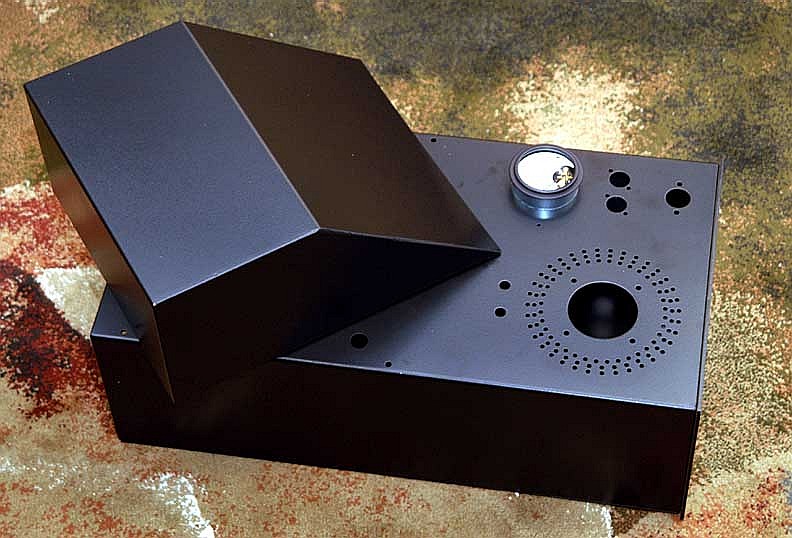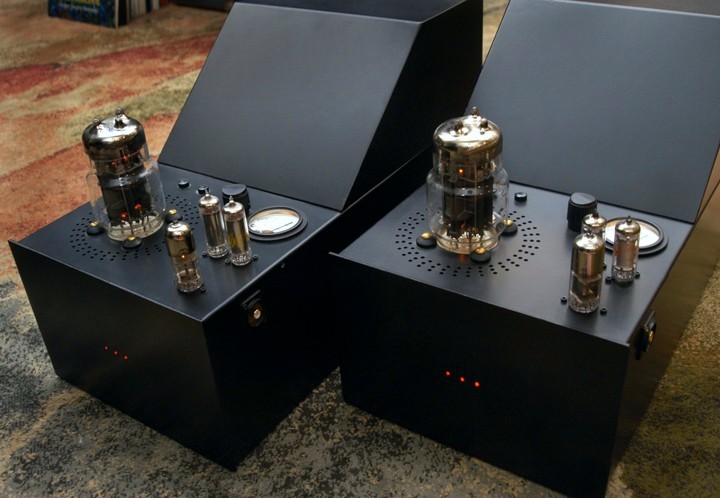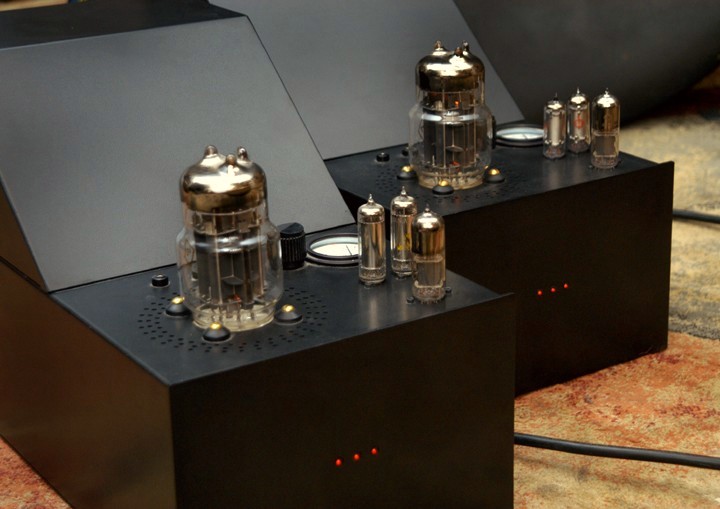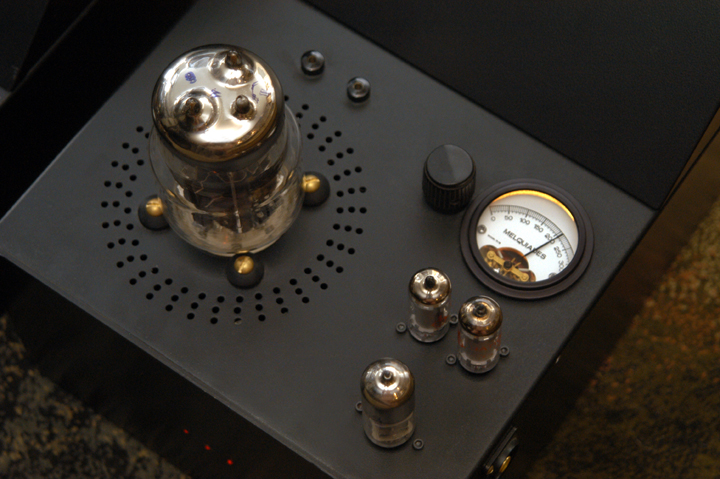 Jordi wrote: Jordi wrote: | | If I build them ... I'm going to use different cases. Man, the one's shown are U-G-L-Y. |
|
To my view the chassis for the full-range Melquiades is not ugly, in fact I do appreciate the design immensely, functionally and cosmetically. That chassis was very much not accident but a result of quite long thoughts process with objectives of better appearance and also with aim to optimize the currents passes… (It of cause might be better implemented if I money to the case-work but it was not my objective to make expensively looking amp. The case cost me around $200 and I feel that the fundamentals of the design are there. If I would be wiling to pay 1500 for the amp case then it will be the very same chassis layout.)




Still, the tastes are deferent and if someone willing to propose a better layout or at least better appearance of the two-stage amp then I very much would like you to propose what you envision. I will most likely not build any more full-range Melquiades – I have no use for a full range amp – but I still would like to expend my mind what might be more interesting for two-stage chassis. Also, if some other would go this direction then they might be benefited with your better case idea. Rgs, Romy the Cat
"I wish I could score everything for horns." - Richard Wagner. "Our writing equipment takes part in the forming of our thoughts." - Friedrich Nietzsche
|